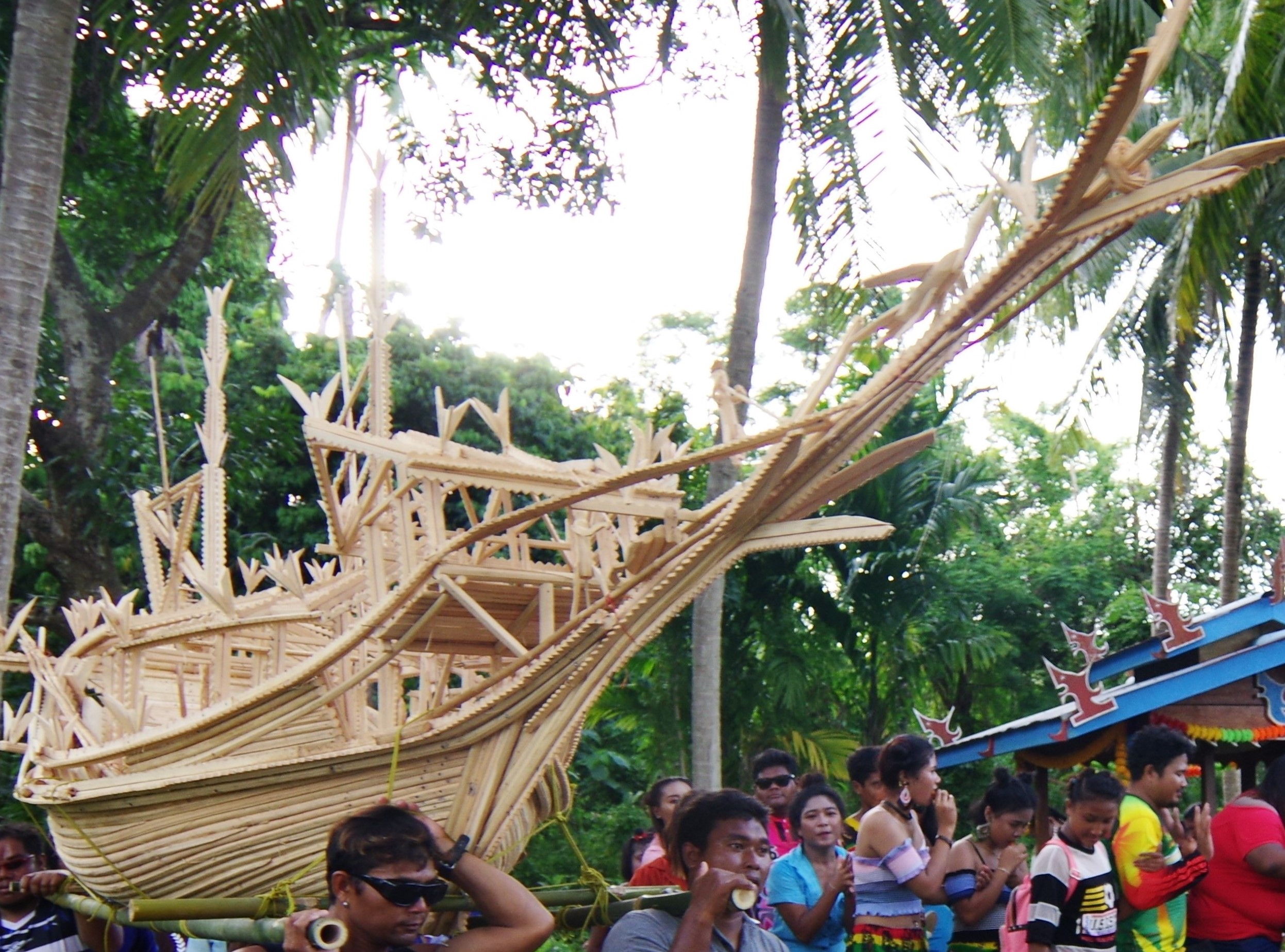Coastal heritage: exploring caves and associated indigenous knowledge in the Lanta Bay (Southern Thailand)
DOI:
https://doi.org/10.7152/jipa.v45i0.15695Abstract
This article presents the preliminary results of community-based archaeological and ethnographic research on the maritime heritage landscape along the Lanta Bay involving the Urak Lawoi sea nomads and with a focus on caves and rock art. It documents several newly-discovered rock art sites as well as the relationships local groups entertain, or not, with these caves. By doing so, it wishes to investigate the various social groups direct or indirect involvement in regional network through time: merchants, sea nomads, fishermen, estuarine and inland forest groups, etc. In a matter of fact, until now, research has mostly focused on lowland riverine ports, foreign merchants and to long-distance connections. In comparison, much less attention has been paid to the many other local groups for whom offshore or coastal caves, islands and mangrove forest in estuaries constituted places for resource procurement, homes, landmarks, temporary shelters or ritual places. This project intends aims to document these groups’ contribution of all to maritime history and the landscape heritage.

